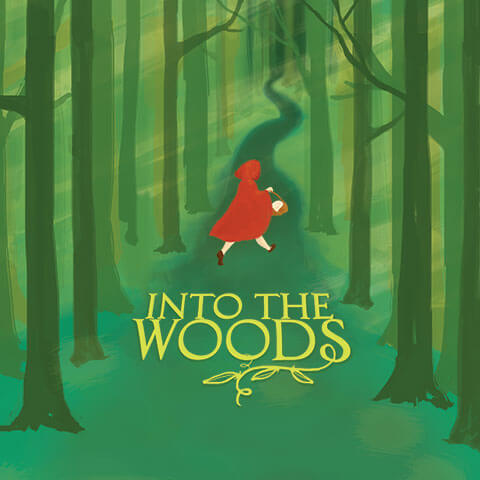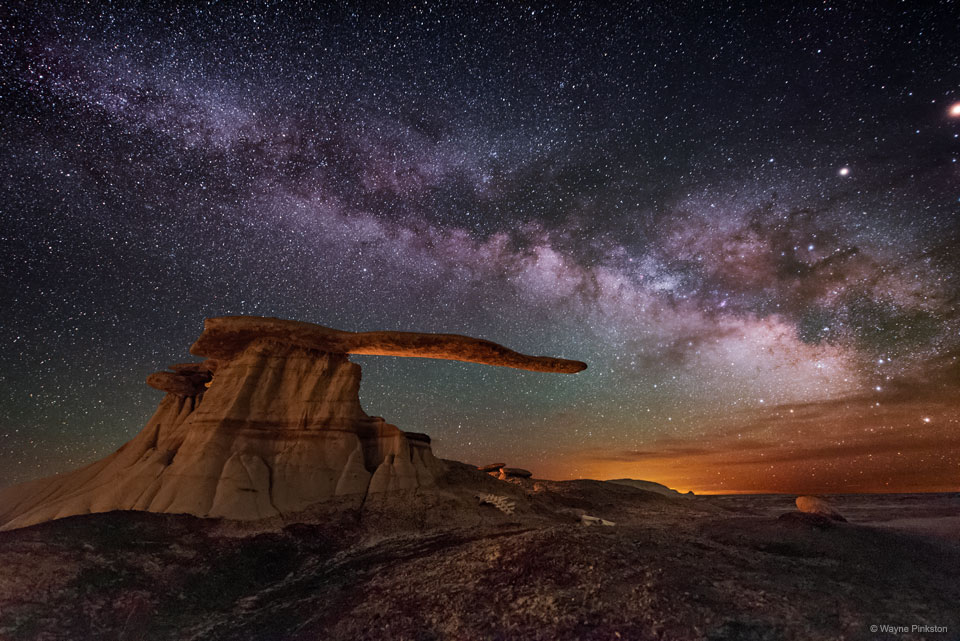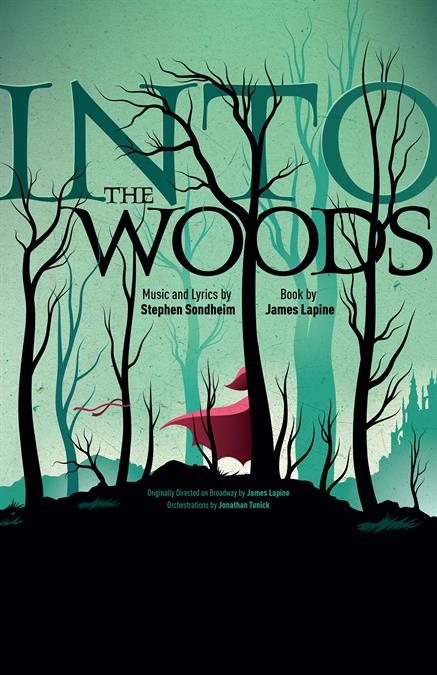Blog
In this week’s Hubble Picture of the Week we are treated to a wonderfully detailed snapshot of NGC 3430. A spiral galaxy, it lies 100 million light-years from Earth in the constellation Leo Minor. Several other galaxies are located relatively nearby to this one, just out of frame; one is close enough that gravitational interaction is driving some star formation in NGC 3430.
That NGC 3430 is such a fine example of a galactic spiral may be why it ended up as part of the sample that Edwin Hubble used to define his classification of galaxies. Namesake of the Hubble Space Telescope, in 1926 he authored a paper which classified some four hundred galaxies by their appearance — as either spiral, barred spiral, lenticular, elliptical or irregular. This straightforward typology proved immensely influential, and the modern, more detailed schemes that astronomers use today are still based on it. NGC 3430 itself is an SAc galaxy, a spiral lacking a central bar with open, clearly-defined arms.
At the time of Hubble’s paper, the study of galaxies in their own right was in its infancy. With the benefit of Henrietta Leavitt’s work on Cepheid variable stars, Hubble had only a couple of years before settled the debate about whether these ‘nebulae’, as they were called then, were situated within our galaxy or were distant and independent. He himself referred to ‘extragalactic nebulae’ in his paper, indicating that they lay beyond the Milky Way galaxy. Once it became clear that these distant objects were very different from actual nebulae, the favoured term for a while was the quite poetic ‘island universe’. While NGC 3430 may look as if it still deserves this moniker, today we simply call it and the objects like it a ‘galaxy’.

Alan Irwin Menken (born July 22, 1949) is an American composer, best known for his scores and songs for films produced by Walt Disney Animation Studios and Skydance Animation. Menken’s music for The Little Mermaid (1989), Beauty and the Beast (1991), Aladdin (1992), and Pocahontas (1995) has each won him two Academy Awards. He also composed the scores and songs for Little Shop of Horrors (1986), Newsies (1992), The Hunchback of Notre Dame (1996), Hercules (1997), Home on the Range (2004), Enchanted (2007), Tangled (2010), and Disenchanted (2022), among others. His accolades include winning eight Academy Awards — becoming the second most prolific Oscar winner in the music categories after Alfred Newman (who has 9 Oscars), a Tony Award, eleven Grammy Awards, seven Golden Globe Awards, and a Daytime Emmy Award. Menken is one of nineteen people to have won an Emmy, a Grammy, an Oscar and a Tony (“an EGOT“).
He is also known for his work in musical theater for Broadway and elsewhere. Some of these works are based on his Disney films, but other stage hits include Little Shop of Horrors (1982), A Christmas Carol (1994), and Sister Act (2009).
Menken has collaborated with lyricists such as Muriel Robinson, David Zippel, Howard Ashman, Stephen Schwartz, David Crane, Seth Friedman, Marta Kauffman, Steve Brown, Tom Eyen, David Rogers, Dennis Green, David Spencer, Jack Feldman, Tim Rice, Lynn Ahrens, Glenn Slater, Chad Beguelin, Seth Rogen, Evan Goldberg, Ariel Shaffir, Kyle Hunter, Phil Johnston, Tom MacDougall, Benj Pasek, Justin Paul, and Lin-Manuel Miranda.
more...Albert Laurence Di Meola (born July 22, 1954) is an American guitarist. Known for his works in jazz fusion and world music, he began his career as guitarist with the group Return to Forever in 1974. From 1976 to 1978 he played with Stomu Yamashta in the supergroup Go on three records. The 1970s and 1980s saw albums such as Land of the Midnight Sun, Elegant Gypsy, Casino and Friday Night in San Francisco earn him both critical and commercial success.
Born in Jersey City, New Jersey, into an Italian family with roots in Cerreto Sannita, a small town northeast of Benevento, Di Meola grew up in Bergenfield, where he attended Bergenfield High School. He has been a resident of Old Tappan, New Jersey.
more...Herman “Junior” Cook (July 22, 1934 – February 3, 1992) was an American hard bop tenor saxophone player.
Cook was born in Pensacola, Florida. A member of a musical family, he started on alto saxophone before switching to tenor during his high school years.
After playing with Dizzy Gillespie in 1958, Cook was a member of the Horace SilverQuintet (1958–1964); when Silver left the group in the hands of Blue Mitchell Cook stayed in the quintet for five more years (1964–1969). Later associations included Freddie Hubbard, Elvin Jones, George Coleman, Louis Hayes (1975–1976), Bill Hardman (1979–1989), and the McCoy Tyner big band.
more...The final performance of Into the Woods by Theatre 55. Sunday July 21st 5pm 2024. Music with Raymond Berg, Lyra Olson, Paul Fontara, Anthony Afful and mick laBriola.

more...
This rock structure is not only surreal — it’s real. Perhaps the reason it’s not more famous is that it is smaller than one might guess: the capstone rock overhangs only a few meters. Even so, the King of Wings outcrop, located in New Mexico, USA, is a fascinating example of an unusual type of rock structure called a hoodoo. Hoodoos may form when a layer of hard rock overlays a layer of eroding softer rock. Figuring out the details of incorporating this hoodoo into a night-sky photoshoot took over a year. Besides waiting for a suitably picturesque night behind a sky with few clouds, the foreground had to be artificially lit just right relative to the natural glow of the background. After much planning and waiting, the final shot, featured here, was taken in May 2016. Mimicking the horizontal bar, the background sky features the band of our Milky Way Galaxy stretching overhead.

Yusuf Islam (born Steven Demetre Georgiou; 21 July 1948), commonly known by his stage names Cat Stevens, Yusuf, and Yusuf / Cat Stevens, is a British singer-songwriter and musician. He has sold more than 100 million records and has more than two billion streams. His musical style consists of folk, rock, pop, and, later in his career, Islamic music. Following two decades in which he performed only music which met strict religious standards, he returned to making secular music in 2006. He was inducted into the Rock and Roll Hall of Fame in 2014. He has received two honorary doctorates and awards for promoting peace as well as other humanitarian awards.
His 1967 debut album and its title song “Matthew and Son” both reached top 10 in the UK charts. Stevens’ albums Tea for the Tillerman (1970) and Teaser and the Firecat(1971) were certified triple platinum in the US. His 1972 album Catch Bull at Fourwent to No. 1 on the Billboard 200 and spent weeks at the top of several other major charts. He earned ASCAP songwriting awards in 2005 and 2006 for “The First Cut Is the Deepest“, which has been a hit for four artists. His other hit songs include “Father and Son“, “Wild World“, “Moonshadow“, “Peace Train“, and “Morning Has Broken“.
Stevens converted to Islam in December 1977, and adopted the name Yusuf Islam the following year. In 1979, he auctioned his guitars for charity, and left his musical career to devote himself to educational and philanthropic causes in the Muslim community. He has since bought back at least one of the guitars he sold as a result of the efforts of his son, Yoriyos. Stevens was embroiled in a controversy regarding comments he made in 1989, about the fatwa placed on author Salman Rushdie in response to the publication of Rushdie’s novel The Satanic Verses. He has explained the incident stating: “I was cleverly framed by certain questions. I never supported the fatwa.”
In 2006, he returned to pop music by releasing his first new studio album of new pop songs in 28 years, titled An Other Cup. With that release and subsequent ones, he dropped the surname “Islam” from the album cover art – using the stage name Yusuf as a mononym. In 2009, he released the album Roadsinger and, in 2014, he released the album Tell ‘Em I’m Gone and began his first US tour since 1978. His second North American tour since his resurgence, featuring 12 shows in intimate venues, ran from 12 September to 7 October 2016. In 2017, he released the album The Laughing Apple, now using the stage name Yusuf / Cat Stevens, using the Cat Stevens name for the first time in 39 years. In September 2020, he released Tea for the Tillerman 2, a reimagining of his album Tea for the Tillerman to celebrate its 50th anniversary, and in June 2023, King of a Land, a new studio album.
more...Conrad Yeatis “Sonny” Clark (July 21, 1931 – January 13, 1963) was an American jazz pianist and composer who mainly worked in the hard bop idiom. Clark was born and raised in Herminie, Pennsylvania, a coal mining town east of Pittsburgh. His parents were originally from Stone Mountain, Georgia. His miner father, Emery Clark, died of a lung disease two weeks after Sonny was born. Sonny was the youngest of eight children. At age 12, he moved to Pittsburgh. While visiting an aunt in California at age 20, Clark decided to stay and began working with saxophonist Wardell Gray. Clark went to San Francisco with Oscar Pettiford and after a couple months, was working with clarinetist Buddy DeFranco in 1953. Clark toured the United States and Europe with DeFranco until January 1956, when he joined The Lighthouse All-Stars, led by bassist Howard Rumsey. Clark died in New York City on January 13, 1963 (aged 31). The official cause was listed as a heart attack, but the likely cause was a heroin overdose.
more...
Floyd Edward “Butter” McDaniel (born July 21, 1915 in Athens (Alabama) ; July 22, 1995 in Chicago ) was an American guitarist and singer in the fields of blues , jazz , rhythm & blues and doo-wop .
McDaniel came to Chicago at the age of 15 and began his career in 1933 in the youth band The Rhythm Rascals , which debuted at the Chicago World’s Fair . A talent scout for the Cotton Club discovered him during an appearance at New York’s Apollo Theater , resulting in a longer commitment as head of the Cotton Club Tramp band led; Recordings were made in 1937 with The Tramp Band (with Lester “Pinky” Johnson and Al Cowans). From 1941 to 1954 he played in the Chicago Jump blues group The Four Blazes(in alternating line-ups with Paul Lindsley “Jelly” Holt, Tommy Braden, Ernie Harper, William “Shorty” Hill, later as Five Blazers ), which also served as the backing band for Sam Cooke in the late 1950s . The Four Blazes successfully released several 78s on Aristocrat ( Chicago Boogie , 1947) and United Artists Records such as Night Train / Rug Cutter , Perfect Woman, Please Send Her Back to Me, Mary Jo (# 1 on the R&B charts in 1952), All Night Long and Please Send Her Back to Me / Stop Boogie Woogie (1952) or as Five Blazesthe single Chicago Boogie / Dedicated to You . After the Five Blazes broke up , McDaniels bought a bar in Chicago.
For the following decade, McDaniel was a member of a rock band; in the 1970s appeared as a guitarist with one of the revival groups trading as Ink Spots . In the 1980s he played with Willie Dixon in the Big Three Trio . Recordings were made in 1991 for Delmark Records with the band The Blues Swingers , led by tenor saxophonist Dave Clark, stylistically based on the blues and rhythm & blues of the 1940s ( Let Your Hair Down!, Delmark). Shortly before his death occurred Floyd McDaniel 1994 at the Bremen Blue Festival Breminale on. He died of a heart attack on the Dan Ryan Expressway the day after his eightieth birthday . In1997, McDaniel’s album West Side Baby (Live in Europe) was released posthumously by Delmark .
more...The final weekend of Theatre 55’s version of Into the Woods. Saturday July 20th 2024 at 7pm and Sunday July 21st at 5pm. Music with Raymond Berg, Lyra Olson, Paul Fontara, Anthony Afful and mick laBriola.

Orion Nebula from the NASA/ESA/CSA James Webb Space Telescope have been included in ESA’s ESASkyapplication, which has a user-friendly interface to visualise and download astronomical data.
One of the brightest nebulae in the night sky is Messier 42, the Orion Nebula, located south of Orion’s belt. At its core is the young Trapezium Cluster of stars, the most massive of which illuminate the surrounding gas and dust with their intense ultraviolet radiation fields, while protostars continue to form today in the OMC-1 molecular cloud behind. The nebula is a treasure trove for astronomers studying the formation and early evolution of stars, with a rich diversity of phenomena and objects, including: outflows and planet-forming disks around young stars; embedded protostars; brown dwarfs; free-floating planetary mass objects; and photodissociation regions – the interface regions where the radiation from the massive stars heats, shapes and influences the chemistry of the gas.
The new imaging was obtained with Webb’s near-infrared camera, NIRCam, and has been made into two mosaics, one each from the short and long wavelength channels. These are among the largest Webb mosaics observed to date and given the high resolution and large area, they have been incorporated in ESASky to enable easy exploration of the plethora of interesting astronomical sources contained within them. The short-wavelength mosaic maximises Webb’s angular resolution to reveal beautiful details in discs and outflows, while the long-wavelength one showcases the intricate network of dust and organic compounds called polycyclic aromatic hydrocarbons. We encourage you to explore these images to see what hidden treasures you can find!

Carlos Humberto Santana Barragán (born July 20, 1947) is an American guitarist, best known as a founding member of the rock band Santana. Born and raised in Mexico where he developed his musical background, he rose to fame in the late 1960s and early 1970s in the United States with Santana, which pioneered a fusion of rock and roll and Latin American jazz. Its sound featured his melodic, blues-based lines set against Latin American and African rhythms played on percussion instruments not generally heard in rock, such as timbales and congas. He experienced a resurgence of popularity and critical acclaim in the late 1990s.
In 2015, Rolling Stone magazine listed Santana at No. 20 on their list of the 100 greatest guitarists. In 2023, Rolling Stone named him the 11th greatest guitarist of all time. He has won 10 Grammy Awards and three Latin Grammy Awards, and was inducted along with his namesake band into the Rock and Roll Hall of Fame in 1998.
Santana was born in Autlán de Navarro in Jalisco, Mexico on July 20, 1947. He learned to play the violin at age five and the guitar at age eight, under the tutelage of his father, who was a mariachi musician. His younger brother, Jorge, also became a professional guitarist.
more...Tony Oladipo Allen (20 July 1940 – 30 April 2020) was a Nigerian and French drummer, composer, and songwriter who lived and worked in Paris, France. Allen was the drummer and musical director of Fela Kuti‘s band Africa ’70 from 1968 to 1979, and was one of the founders of the Afrobeat genre. Fela once stated that “without Tony Allen, there would be no Afrobeat”. He was described by Brian Eno as “perhaps the greatest drummer who has ever lived”.
Later in life, Allen collaborated with Damon Albarn on several projects, including Gorillaz, the Good, the Bad & the Queen and Rocket Juice & the Moon. Allen’s career and life were documented in his 2013 autobiography Tony Allen: Master Drummer of Afrobeat, co-written with Michael E. Veal, who previously wrote a comprehensive biography of Fela Kuti.
more...Charles Lacy Tyler (July 20, 1941 – June 27, 1992) was an American jazz saxophonist. He focused on baritone & alto saxophone and also played clarinet.
Tyler was born in Cadiz, Kentucky, United States, and spent his childhood years in Indianapolis. He played piano as a child and clarinet at the age of seven, before switching to alto saxophone in his early teens, and finally baritone saxophone. During the summers, he visited Chicago, Illinois, New York City and Cleveland, Ohio, where he met the young tenor saxophonist Albert Ayler at age 14. After serving in the army from 1957–1959, Tyler relocated to Cleveland in 1960 and began playing with Ayler, commuting between New York and Cleveland. During that period played with Ornette Coleman and Sunny Murray.
more...Ernest Brooks Wilkins Jr. (July 20, 1922 – June 5, 1999 St Louis, MO) was an American jazz saxophonist, conductor and arranger who spent several years with Count Basie. He also wrote for Tommy Dorsey, Harry James, and Dizzy Gillespie. He was musical director for albums by Cannonball Adderley, Dinah Washington, Oscar Peterson, and Buddy Rich.
more...More Posts
- World Music with Nadya Giga and Their 101 Candles Orchestra
- Daily Roots with Cornell Campbell
- The Cosmos with the Antares
- Charlie Watts Day
- Ahmed Jamal Day
- World Music with Mamady Keita
- Daily Roots with Leroy Smart
- The Cosmos with IC 5332
- Leon “Ndugu” Chancler Day
- James Cotton Day
- Willie Dixon Day
- World Music with Music Maya Aj
- Daily Roots with Horace Andy
- The Cosmos with Trapezium Cluster
- Stanley Clarke Day
- Andrew Hill Day
- World Music with Nico Kasanda
- Daily Roots with Hortense Ellis
- The Cosmos with M24
- Gilberto Gil Day